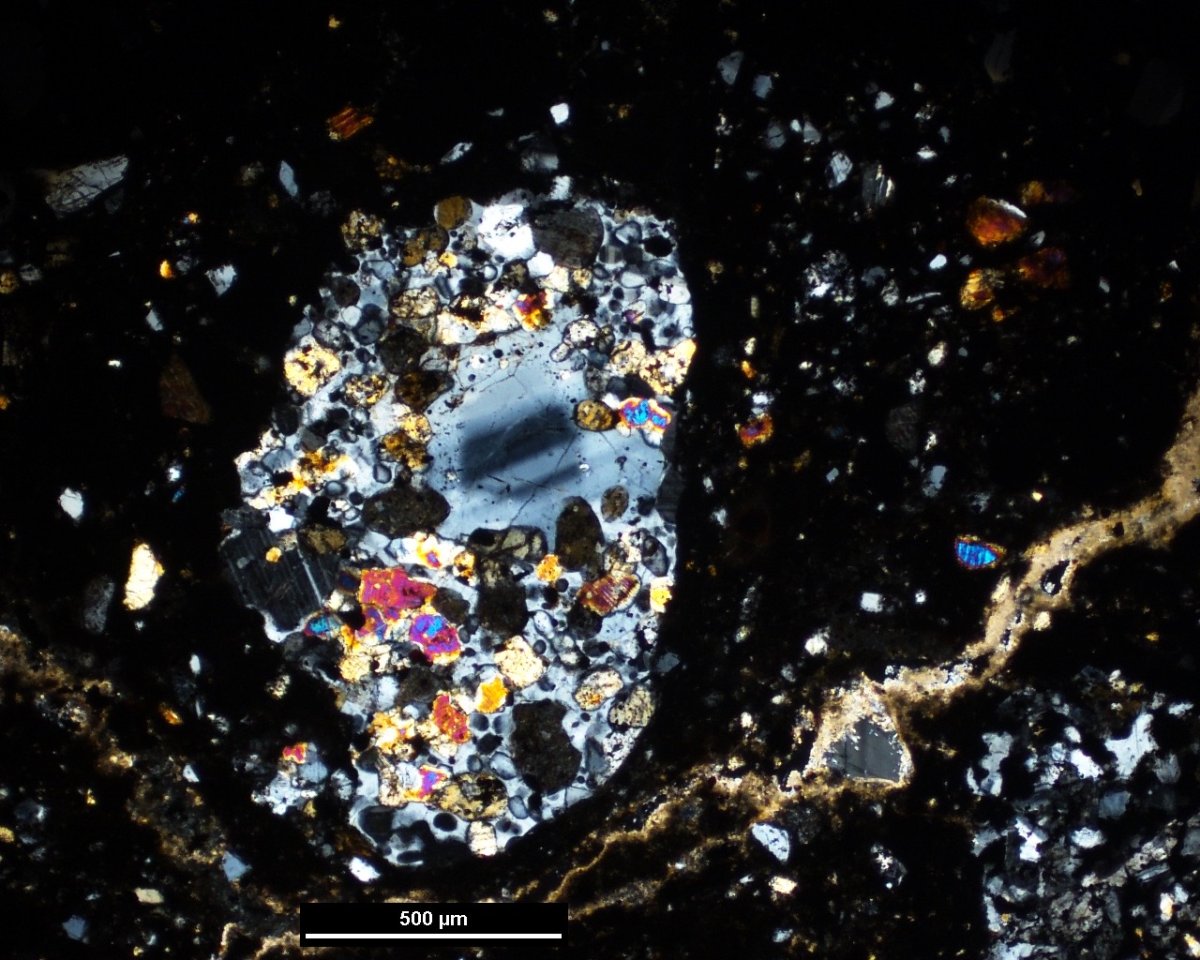A new international study led by Western University suggests that life in our solar system, particularly on Mars, was possible much earlier than previously accepted.

The scientists suggest that conditions needed for life to develop on Mars were first possible 4.48 billion years ago and that the conditions “under which life could have thrived” on Mars were from 4.2 to 3.5 billion years ago — up to 500 million years before the earliest evidence of life on Earth. Those conditions were made possible once life-inhibiting meteorites stopped bombarding the planets.
After analyzing the oldest-known mineral grains from meteorites believed to be from Mars’ southern highlands, researchers found that the grains are almost unchanged from when they first crystallized near the surface of Mars.

Get daily National news
Atom probe tomograph from a martian zircon. Each dot is an atom. Pink are Lithium impurities. If it had been bombarded, it would be full of clustered atoms. Instead, it shows no signs of heating, and has stayed cool for 4.4 billion years. Western University/2019
Researchers say that suggests a heavy bombardment of meteorites hitting Mars ended before those minerals formed, meaning life would have been possible on the surface of Mars around the time water was abundant there.
“This work may point out good places to get samples returned from Mars,” said Desmond Moser of Western’s departments of earth sciences and geography.
In comparison, analysis of impacted areas on Earth and its moon show “more than 80 per cent of the grains studied contained features associated with impacts, such as exposure to intense pressures and temperatures.”
- Competition Bureau sues Google alleging anti-competitiveness on web ads
- Australia passes world’s 1st social media ban for kids under 16
- ‘Incredible snow totals’: Squalls to hit parts of Ontario, up to 80 cm possible
- Alberta government takes aim at GHG emissions cap, proposes rules on trespass and data gathering












Comments